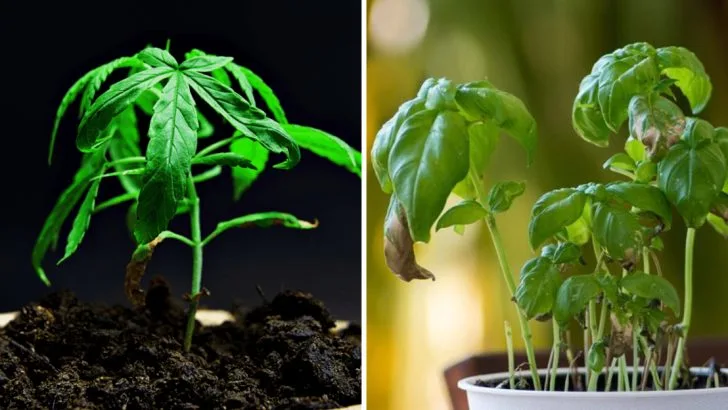Spider mites are tiny pests that can cause big trouble in your garden. These microscopic creatures often go unnoticed until they’ve done significant damage. If you notice your plants starting to look dusty or the leaves curling, there’s a chance spider mites could be the culprits. They thrive in hot, dry conditions, and can quickly multiply, spreading from one plant to another. Left unchecked, they can weaken your plants, making them more susceptible to disease and stress.
The good news is that spotting the signs early can help you get a handle on the problem before it gets out of control. Look for tiny, discolored spots on leaves, webbing around the plant, or a general decline in plant health. Prevention is key—regularly inspect your plants, keep them well-watered, and encourage natural predators like ladybugs to help keep spider mite numbers in check. By staying vigilant, you can protect your garden and keep these pesky invaders at bay.
Visible Webbing

Spider mites are notorious for the fine webbing they produce on plant leaves. This webbing can often be mistaken for regular spider webs, but upon closer inspection, you’ll notice a denser and more intricate network. The webbing primarily serves as protection for the mites and their eggs, shielding them from predators and environmental elements.
To prevent webbing, inspect your plants regularly. Pay particular attention to the undersides of leaves where mites tend to congregate. Keeping your garden well-watered and maintaining humidity can also deter their presence, as they thrive in dry conditions.
Speckled Leaves
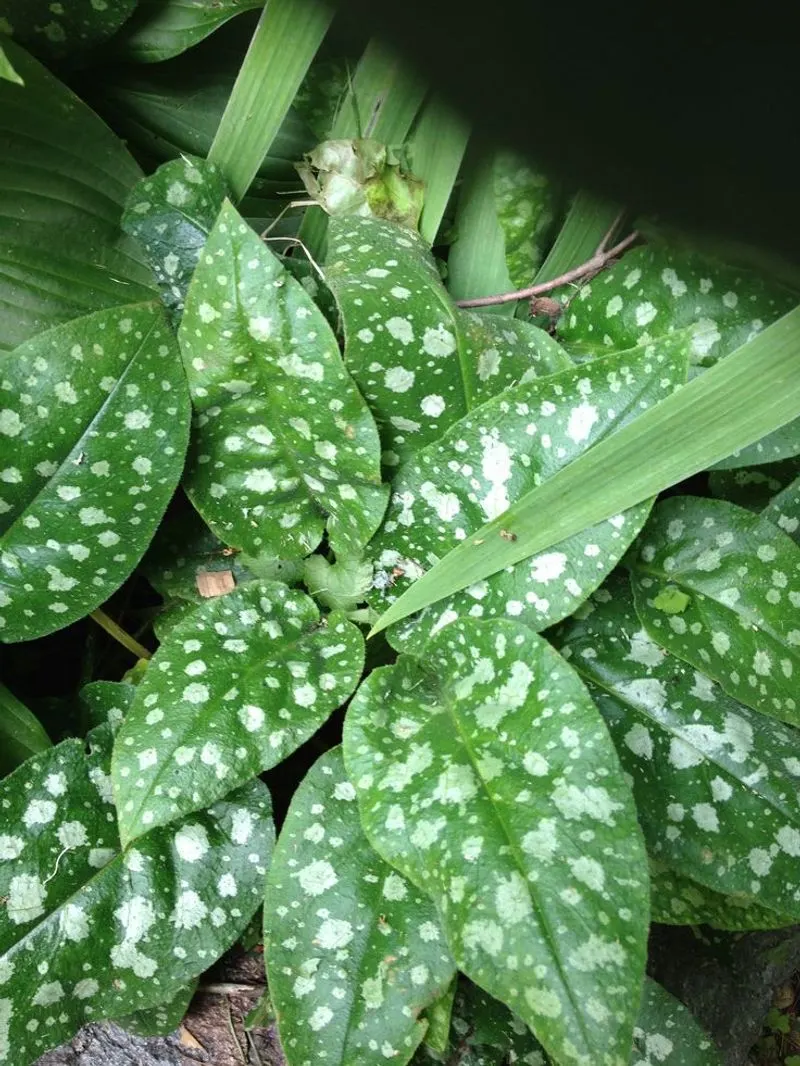
If you notice leaves with a speckled appearance, spider mites might be the culprit. These pests feed on plant cells, extracting the green chlorophyll and leaving behind tiny, pale spots. As feeding continues, the leaves may take on a stippled or even scorched look, eventually leading to leaf drop if untreated.
To tackle speckling, ensure your plants are adequately hydrated and consider introducing beneficial insects such as ladybugs. Regularly washing your plants with a strong stream of water can also dislodge mites and reduce their population.
Yellowing Foliage

Yellowing foliage is a common sign of spider mite damage. As these tiny pests suck out the plant’s nutrients, the leaves begin to lose their vibrant green color and turn yellow. This nutrient depletion weakens the plant, making it more susceptible to diseases and other pests.
To combat yellowing, increase humidity around affected plants by misting them regularly. Additionally, incorporating neem oil into your garden care routine can serve as a natural spider mite deterrent, keeping your plants healthier and more resilient.
Stunted Plant Growth
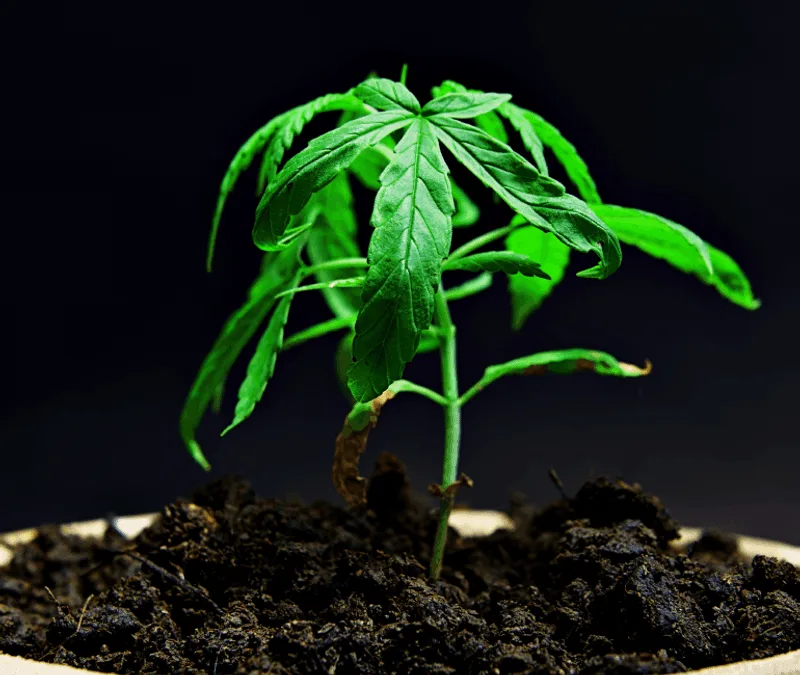
Spider mite infestations can lead to stunted growth in plants, as the continuous feeding weakens the plant structure. When growth slows down or stops, it’s often an indication that spider mites are at work, especially if accompanied by other symptoms like webbing or discolored leaves.
Ensuring your plants are well-nourished and hydrated helps combat stunted growth. Organic fertilizers can provide essential nutrients, while regular monitoring and early detection allow for prompt action, minimizing long-term damage to your plants.
Browning and Curling Leaves
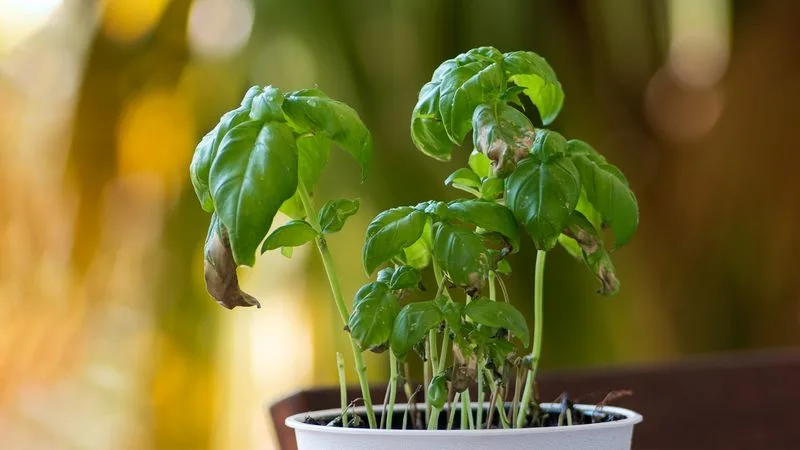
Leaves that start to brown and curl at the edges could be suffering from a spider mite infestation. The mites suck out the plant’s juices, causing dehydration and stress, which leads to browning and curling. If left unchecked, this can result in severe leaf damage.
To prevent this, it’s vital to maintain proper watering habits and avoid excessive nitrogen fertilizers that can encourage mite populations. Introducing predatory mites into your garden can also help keep spider mite numbers in check naturally.
Increased Ant Activity
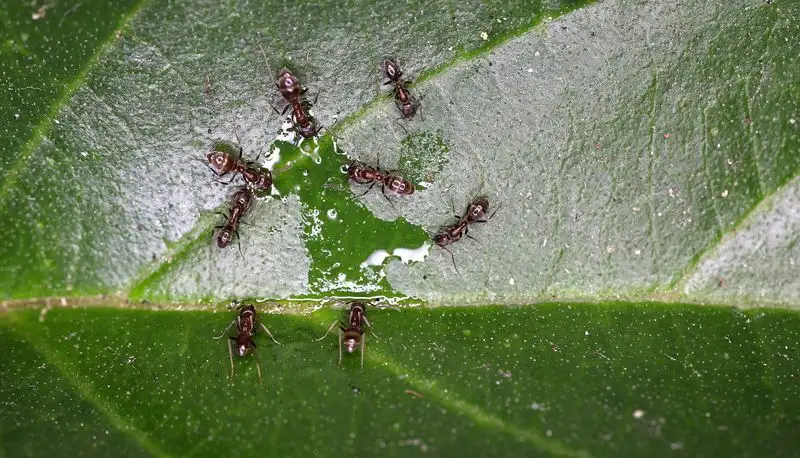
An unusual increase in ant activity around your plants can signal a spider mite problem. Ants are attracted to the honeydew produced by mites, which serves as a sugary food source for them. While ants themselves aren’t harmful to plants, their presence can indicate a larger pest issue.
Addressing the mite infestation will generally reduce ant activity. Use insecticidal soap or horticultural oils to manage mite populations, and consider using natural ant deterrents like cinnamon or diatomaceous earth around affected areas.
Plant Wilting

Wilting plants can be a distressing sign of spider mite infestation. The persistent feeding by these pests drains the plant of its vital juices, leading to a droopy and weakened appearance. This condition, if not addressed promptly, can cause irreversible damage to your garden.
To revive wilting plants, increase hydration and improve soil moisture retention. Mulching around the base of plants can help with moisture management. Additionally, regularly inspecting and washing plants can reduce mite numbers and help restore plant vitality.
Silvery Leaf Appearance

A silvery or dusty sheen on leaves is often a result of spider mite feeding. As mites extract chlorophyll, the affected leaves lose their color, acquiring a silvery, reflective look. This can make the plant appear almost ghostly from a distance.
To manage this, increase humidity and spray plants with water to remove mites. Using insecticidal soap can also be effective in controlling mites. Keeping plants healthy and stress-free is crucial, as stressed plants are more susceptible to mite infestations.
Mite Visibility

Sometimes, you might spot the actual spider mites on your plants. They appear as tiny, moving dots, often red, yellow, or green. Seeing them is a clear indication of an infestation, and action needs to be taken swiftly to prevent damage.
To reduce their numbers, introduce natural predators like ladybugs and lacewings. Regularly showering plants with water can also help in dislodging these pests. Early intervention is key to preventing widespread damage and maintaining a healthy garden ecosystem.
Unexplained Plant Decline

A sudden, unexplained decline in plant health can be attributed to spider mite infestations. If your once-thriving plant begins to look lackluster despite proper care, it might be worth checking for mites. The stress they cause can lead to a general decline in plant health.
Regular monitoring and early detection are essential. Use a magnifying glass to inspect plants closely. Encouraging biodiversity in your garden with companion planting can also help, as diverse plant life tends to attract beneficial insects.

